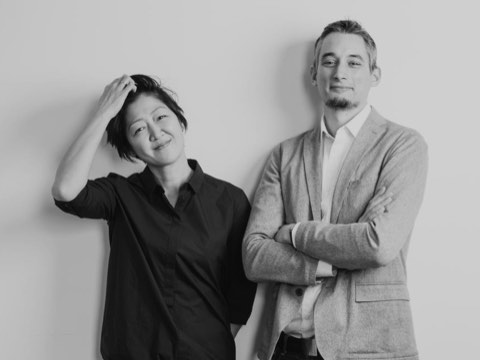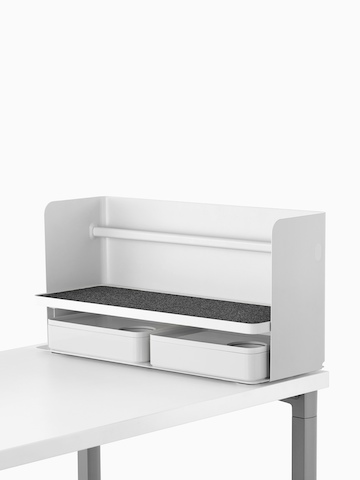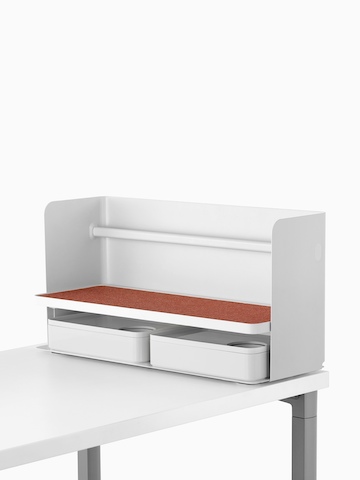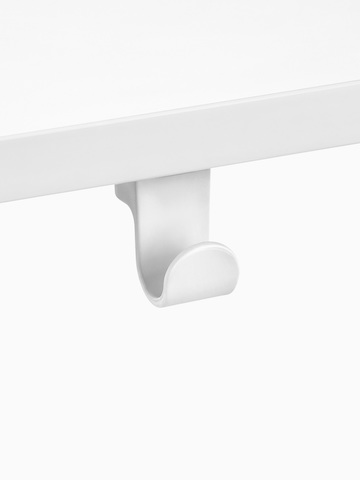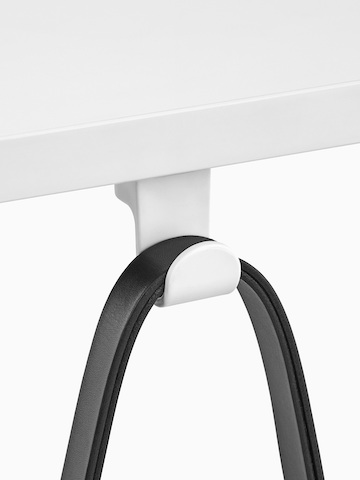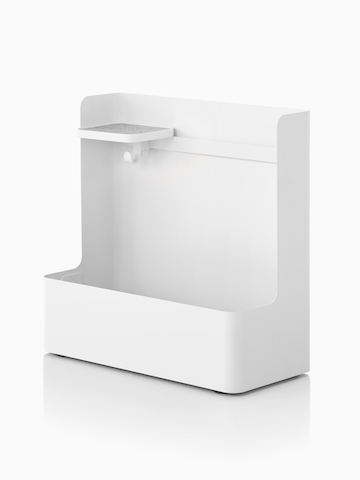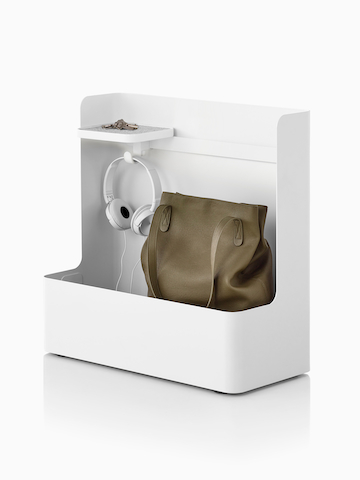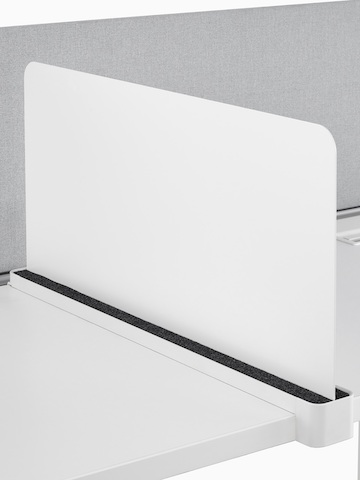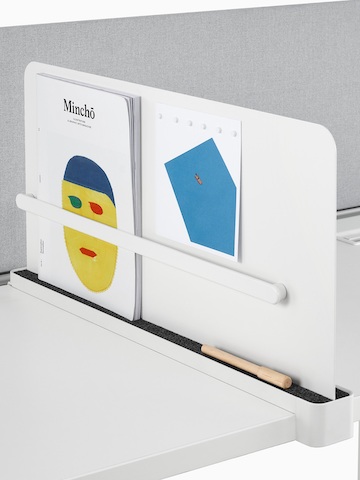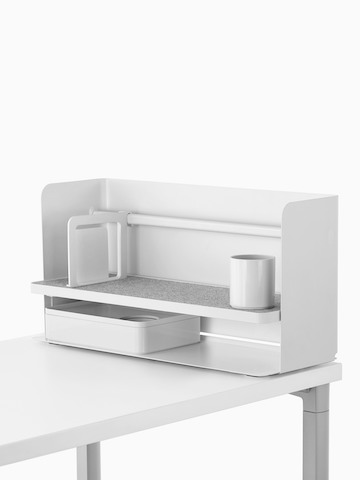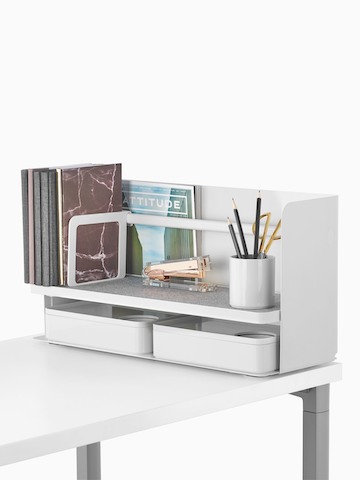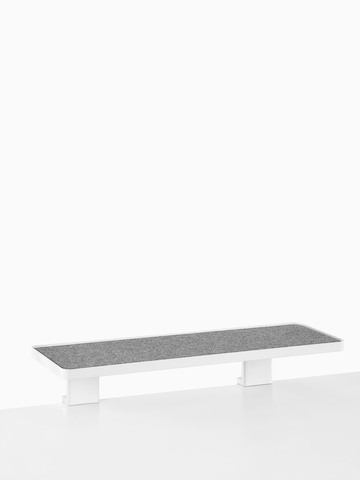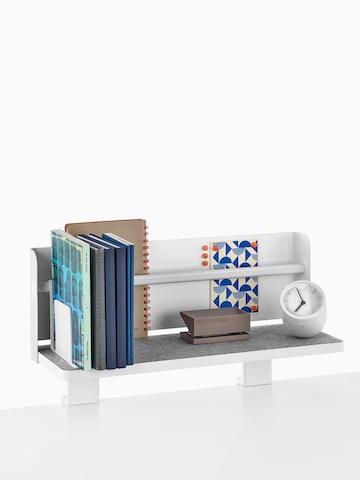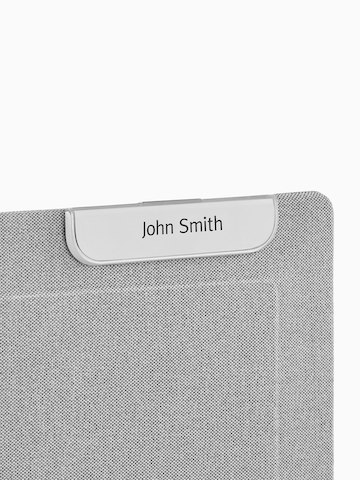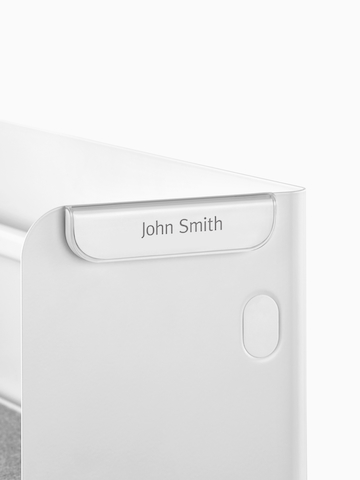Products by Observatory
Ayako Takase and Cutter Hutton began their design dialogue when they met as students at the Rhode Island School of Design. Each had a unique voice that came through in their respective design projects. Takase’s designs expressed the simple richness of her native Japan, while Hutton’s designs expressed his clever and pragmatic nature.
Their voices started to harmonise in 2001, the year they founded their studio. Their philosophy is that good design can create an emotional connection between object and individual. “There’s a lot of analytical work that goes into design,” says Hutton. “But there’s also an emotional aspect that can only be delivered though intuition and experience. The process is a blend of rational and intuitive.”
For example, there were very real needs behind the design of Herman Miller’s Airia desk. Workers in the home needed something compatible with home furnishings but responsive to modern technology. Takase (who once worked with Resolve designer Ayse Birsel) and Hutton gave it an elegant form, but also built in “purposeful and intelligent features”, says Takase, like the dual-level desktop and technology management. The result is a classic piece that supports contemporary needs.
“When I’m designing, I always think about people who will be using the products,” says Takase. “I feel a responsibility to give them what they want and need, not necessarily what they expect.
It’s that human interaction at the other end that appeals to me,” she continues, “not just creating for the sake of creating.” In fact, she says she finds design to be a lot like cooking. “There’s a lot of care and love that goes into it,” she explains. And, occasionally, a squabble between chefs. “We both still have unique design voices,” says Hutton, “so there are times when we have to work to convince each other of something, but the end result is a more interesting harmony. The outcome is a stronger design.”
